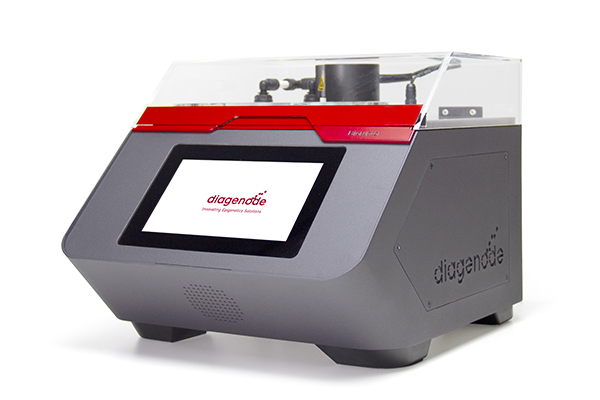Qu J. et al.
The piRNA pathway in mosquitoes differs substantially from other model organisms, with an expanded PIWI gene family and functions in antiviral defense. Here, we define core piRNA clusters as genomic loci that show ubiquitous piRNA expression in both somatic and germline tissues. These core piRNA clusters are enriched for non-retroviral endogenous viral elements (nrEVEs) in antisense orientation and depend on key biogenesis factors, Veneno, Tejas, Yb, and Shutdown. Combined transcriptome and chromatin state analyses identify transcriptional readthrough as a conserved mechanism for cluster-derived piRNA biogenesis in the vector mosquitoes Aedes aegypti, Aedes albopictus, Culex quinquefasciatus, and Anopheles gambiae. Comparative analyses between the two Aedes species suggest that piRNA clusters function as traps for nrEVEs, allowing adaptation to environmental challenges such as virus infection. Our systematic transcriptome and chromatin state analyses lay the foundation for studies of gene regulation, genome evolution, and piRNA function in these important vector species.

